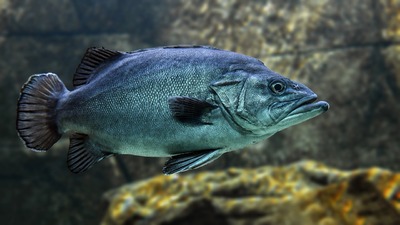Study at UW-La Crosse Looking at PFAS Impact on Fish
Wednesday, July 17th, 2024 -- 11:01 AM

(Hope Kirwan, Wisconsin Public Radio) PFAS chemicals have been linked to a range of negative health impacts, like liver damage, decreased birth weight and some cancers.
According to Hope Kirwan with Wisconsin Public Radio, a researcher at the University of Wisconsin-La Crosse is now working to measure how these chemicals are impacting the health of fish populations, informing potential groundwater policies and future study of human health.
Biology professor Tisha King-Heiden launched the two-year study this summer with funding from Wisconsin Sea Grant from the National Oceanic and Atmospheric Administration. King-Heiden said PFAS levels have been studied in adult fish, but little is known about how the chemicals impact early growth.
“These early stages of development are really crucial in terms of a population being able to sustain itself,” she said. “The number that make it through that stage of development is really crucial, so that enough survive to be adults to keep the population going.”
The research will measure impacts to the fish’s cardiovascular health, immune system and reproduction. King-Heiden said the processes that regulate these systems are the same in humans, pointing to potential public health applications from the study’s findings. “It’s not a direct link (between fish and humans),’” she said. “But it is predictive, and it can tell us other impacts.”
In a lab at UW-La Crosse on Wednesday, King-Heiden pointed out a tiny fish darting around under a high-speed camera. Once the 4 millimeter zebrafish larvae stills, a graduate student startles the fish and records its response, a reflex that King-Heiden said is critical to survival in the wild.
“If this exposure to PFAS would affect that response, they would be less likely to be able to evade a predator and be more likely to get eaten,” she said. “It’s one of those sub-lethal effects that can be very important for sustaining that wild fish population.”
The research will also compare whether different species of fish embryos absorb different amounts of the chemicals, including popular native species like bluegill and walleye.
As more Wisconsin communities find high levels of PFAS in their water, King-Heiden said knowing what the chemicals mean for wild fish can help protect a natural resource that is important both economically and culturally.
Feel free to contact us with questions and/or comments.




